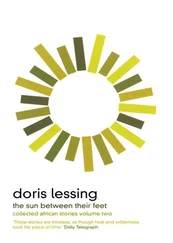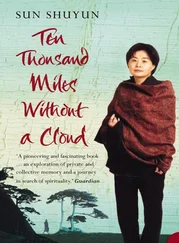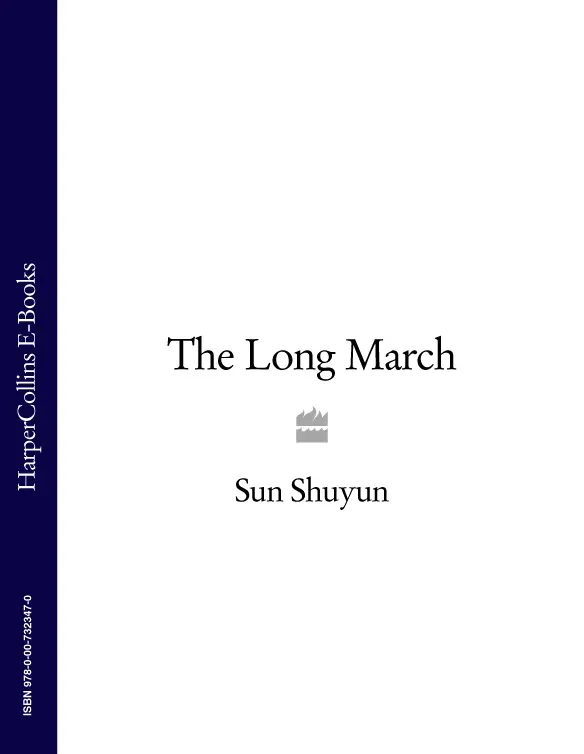
SUN SHUYUN
The Long March

To all the men and women on the Long March
MAP
Prologue
ONE Drain the Pond to Catch the Fish
TWO Turtle-shell Power
THREE Water Flowing Upstream
FOUR Mist over the Xiang River
FIVE Hungry Souls
SIX Starting Afresh
SEVEN Don't Love Boys, Love Guns
EIGHT Fire and Ice
NINE In Tibetan Lands
TEN Dust into Gold
ELEVEN The End of the March
TWELVE The Legion of Death
Epilogue
NOTES
BIBLIOGRAPHY
INDEX
ACKNOWLEDGEMENTS
About the Author
Praise
BY THE SAME AUTHOR
Copyright
About the Publisher
Every nation has its founding myth. For Communist China it is the Long March, for us a story on a par with Moses leading the exodus out of Egypt. Any Chinese can tell it: how the fledgling Communist Party and its Red Armies, some 200,000 strong, were driven out of their bases in the South in the early 1930s by the Nationalist government under Chiang Kaishek; how, pursued, blocked and harried by their enemies, they chose the only way out – to go where no one could follow, over mountains higher than birds could fly, across rivers where all the boats had been burnt, through swamps and grassland death traps; how Mao steered the course from victory to victory; how, after two years of incredible endurance, courage and hope against impossible odds – and a march of 8,000 miles – the Red Armies reached the barren Yellow Plateau of north-west China. Only a fifth of those who set out arrived – worn out, battered but defiant. In less than a decade, they had fought back, defeated Chiang Kaishek, and launched the New China in the heat of revolution. In Mao's own words:
Has history ever known a long march to equal ours? No, never. The Long March … has proclaimed to the world that the Red Army is an army of heroes. The Long March has sown many seeds which will sprout, leaf, blossom and bear fruit, and will yield a harvest in the future. In a word, the Long March has ended with victory for us and defeat for the enemy.
The myth was born, and it remains the enduring emblem of China today. We can hardly escape it. The Long March was enshrined for the nation in the musical extravaganzas East Is Red and Ode to the Long March , and feature films of battles during the March became cinema classics. They took the idealism, optimism and heroism of the Long Marchers and imprinted them on our minds. The myth glowed ever brighter with the help of two major adulatory accounts, both, oddly, by Americans: Edgar Snow's Red Star over China , in 1936, and Harrison Salisbury's Long March: The Untold Stories , in 1985. With the imprimatur of the Chinese Communist Party, they made the myth close to impregnable.
‘If you find it hard, think of the Long March; if you feel tired, think of our revolutionary forebears.’ The message has been drilled into us that we can accomplish any goal set before us by the Party because nothing compares in difficulty with what they did. Decades after the historical one, we have been spurred on to ever more Long Marches – to industrialize China, to feed the largest population in the world, to catch up with the West, to reform the socialist economy, to send men into space, to engage with the 21st century.
Few have challenged or even modestly questioned the myth. It is just part of who we are. But the questions remain. Was Communism the magnet that drew the poor in droves to the Red Army? How did the Red Armies supply themselves with food, weapons and medicine? What happened to the four-fifths of the Marchers who did not reach the end – were they killed in battle, did they succumb to hunger and cold, did they desert, or did they fall victim to their own comrades? Was Mao the great strategist who never lost a battle? How were Mao and the Red Army finally saved? People have begun to ask such questions, but they are earthly matters. The Long March remains the sun in the sky.
Books about the March fill yards of shelves, but they rarely ask all these questions, or provide answers. In 2004, seventy years after it began, I set out over the same route, to discover as much as I could about the realities beyond the myth. There is not much documentation remaining – so many of the records were destroyed as the Armies fled. Quite a few generals have published their memoirs, but real scholarship is rare. Of the 40,000 original survivors, perhaps 500 are still alive, and they are now in their eighties and nineties. Most are just ordinary people who were left behind or managed to reach the end, but they have much to tell us.
I travelled mainly by train and bus. It is still a daunting journey, through areas little changed to this day – inaccessible, and desperately poor and undeveloped – but I saw enough to know that nothing can possibly compare with what the Marchers endured. My challenge was to find survivors and unlock their stories. I marched to the remote corners where they lived, sometimes 10–15 kilometres in a day, and up as high as 18,000 feet. The rough territory made me appreciate what the real Marchers went through, even though I was well fed and equipped, not worn down by a heavy pack, covering great distances day after day, month after month, on an empty stomach, ill-shod and poorly clothed, and ambushed and bombed, in between battles with more mobile and better-armed enemies.
I managed to find more than forty veterans, happily with their memories still fresh, and their spirits undiminished. Once I started talking to them, their stories poured out. Frequently, I would come back for a second or third day; they had so much to tell, and were so keen to tell it. I was intrigued, astonished, moved and inspired. They retain the idealism and optimism that first drove them, and also their doubts, uncertainties and fears. They touch the heart of the Long March: its bravery and sacrifice, its setbacks and suffering, and its self-inflicted wounds. Why so many supported the Communist cause also became very clear – as well as why many did not.
I record here the voices of these men and women. This is the Long March without the embroidery of adulation, and in all its humanity, as it was lived. It is not my story. It is theirs.
ONE Drain the Pond to Catch the Fish
I'm sending you to the Army my man,
You must see the reason why
The Revolution is for us.
I'm sending you to do or die.
Here's a towel I've embroidered
With all my love to say:
Revolution for ever!
The Party you must not betray!
THE SONG pierced the silence of Shi Village, which nestled at the foot of a hill covered in thick bamboo groves. It was mid-October, 1935, in Jiangxi Province, southern China. The autumn harvest was already in and the land surrounding the village was yellow with the stubble of rice stalks, but some fields stood as if wasted, with grass sprouting in the dried-out paddy, already turning brown. A few water buffalo were plodding home, only stopping when they came to their favourite place, the village pond, where they drank, ducks and geese swam, children bathed, women washed their clothes, and where men asked one another about their day. Nearby stood the giant camphor tree, whose overhanging branches gave ample shelter from the rain and intense heat of the South.
Читать дальше
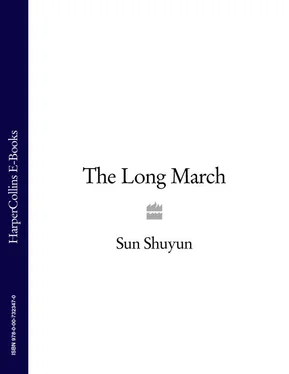




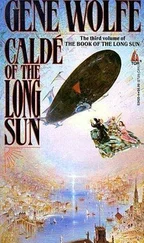
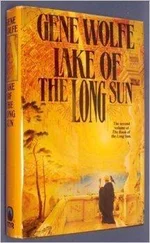

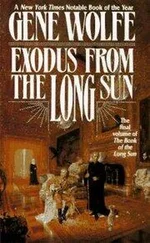
![Джеффри Арчер - The Short, the Long and the Tall [С иллюстрациями]](/books/388600/dzheffri-archer-the-short-the-long-and-the-tall-s-thumb.webp)



